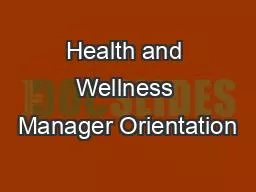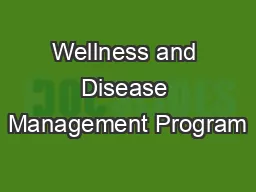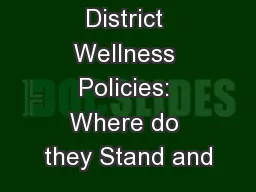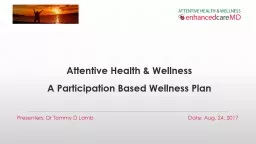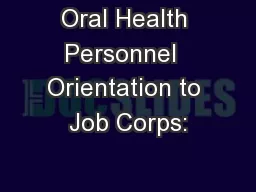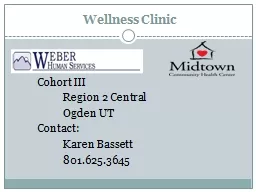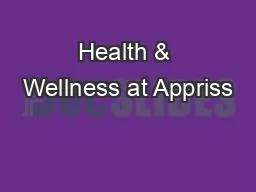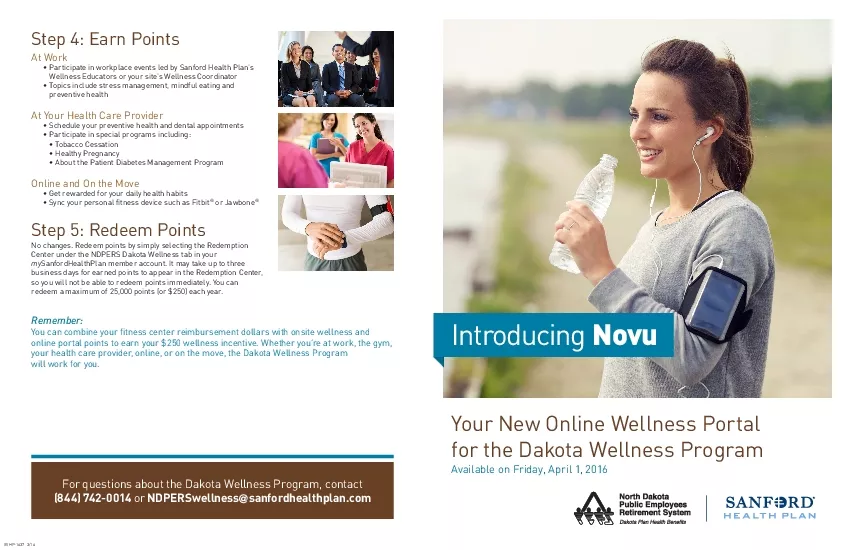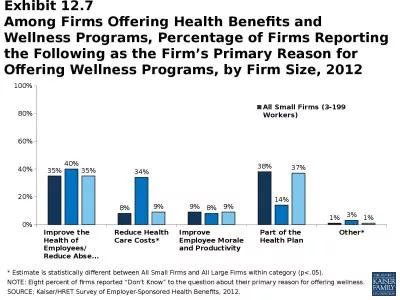PPT-Health and Wellness Manager Orientation
Author : startlecisco | Published Date : 2020-08-07
Shannon Bentley RN Nurse Specialist Melissa Cusey RN Nurse Specialist Job Corps General Information Americas largest residential educational and career technical
Presentation Embed Code
Download Presentation
Download Presentation The PPT/PDF document "Health and Wellness Manager Orientation" is the property of its rightful owner. Permission is granted to download and print the materials on this website for personal, non-commercial use only, and to display it on your personal computer provided you do not modify the materials and that you retain all copyright notices contained in the materials. By downloading content from our website, you accept the terms of this agreement.
Health and Wellness Manager Orientation: Transcript
Download Rules Of Document
"Health and Wellness Manager Orientation"The content belongs to its owner. You may download and print it for personal use, without modification, and keep all copyright notices. By downloading, you agree to these terms.
Related Documents

